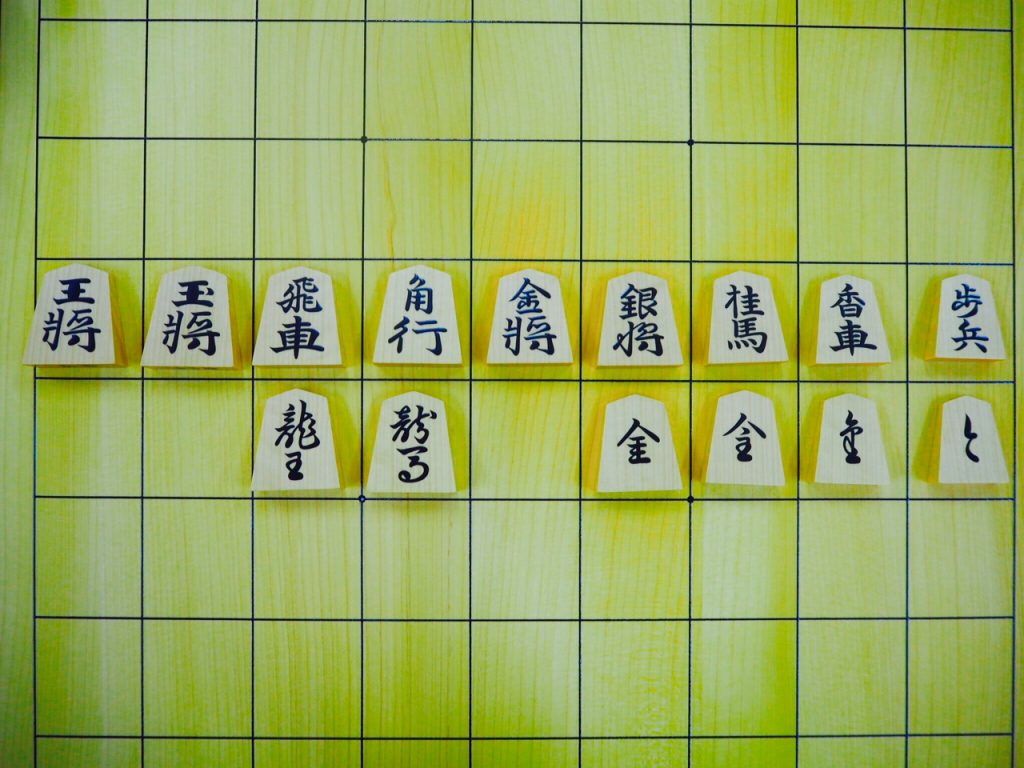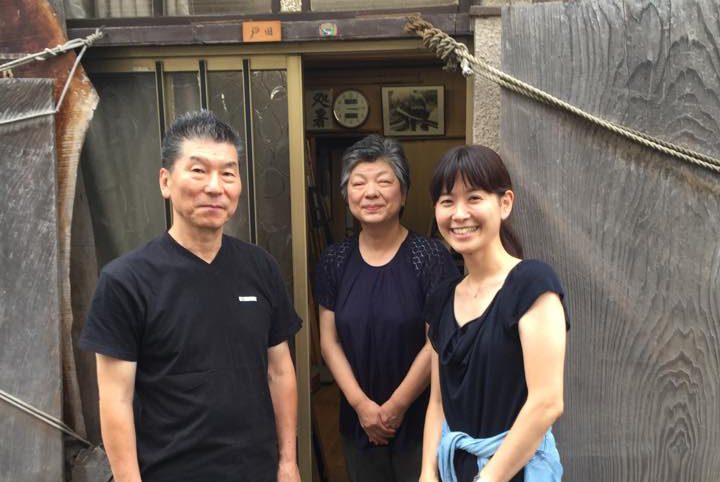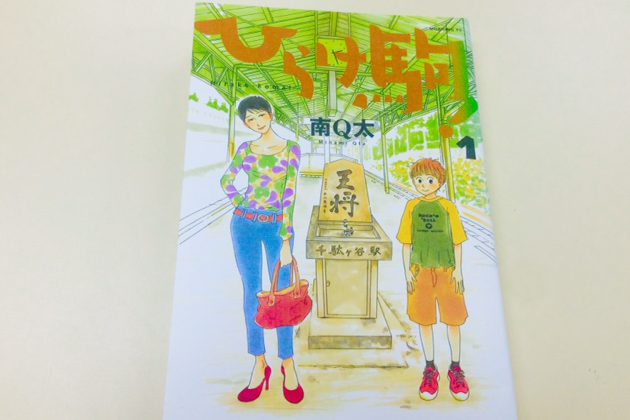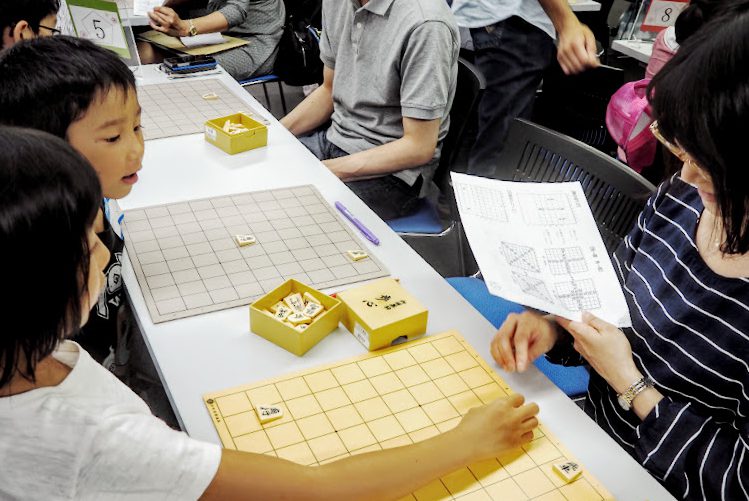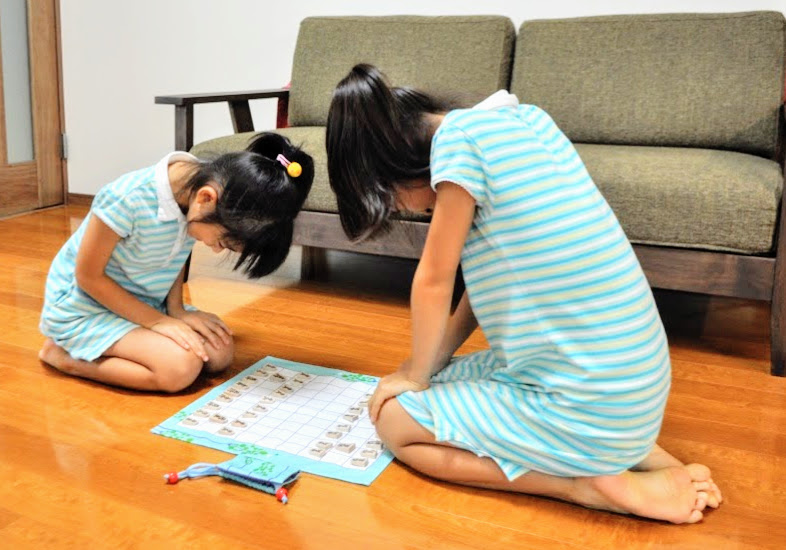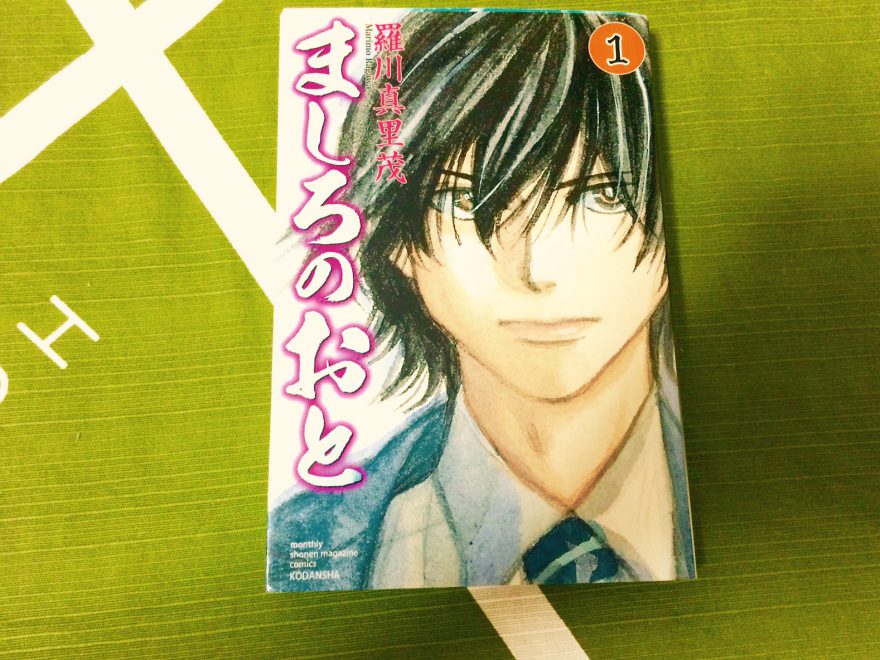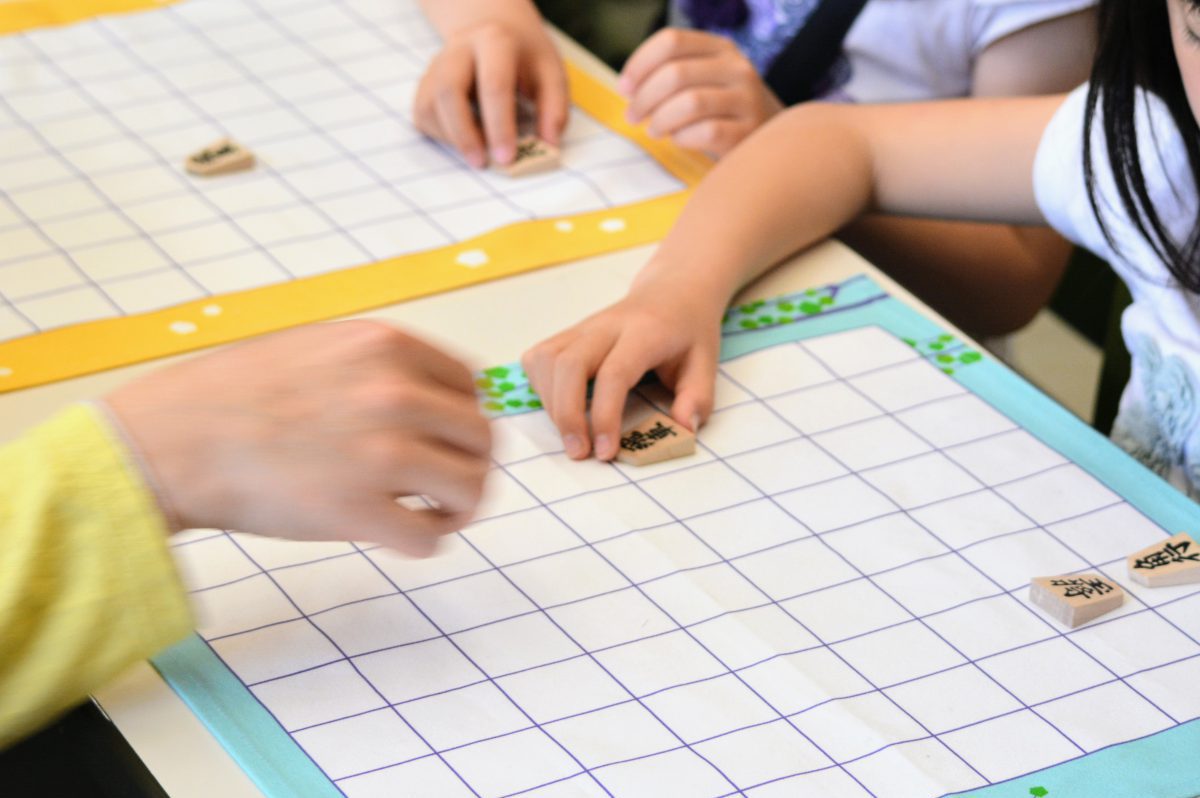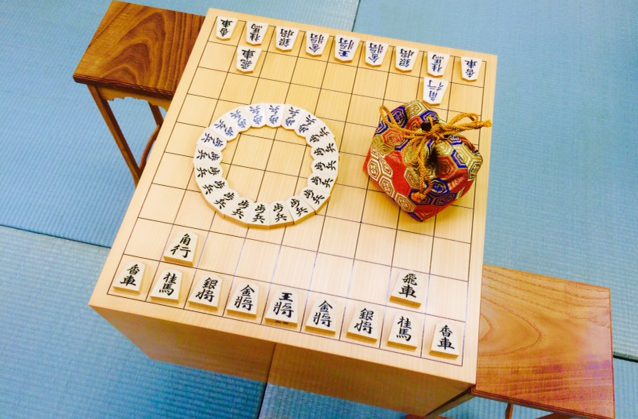I-tsu-tsu Blog
-
Let’s Compare Nine Different Forms of Characters for Shogi Pieces!
We are going to hold Shogi lessons for parents and children who learn Shogi for the first time. We prepare Shogi pieces of 9 different forms of characters to make the lesson even more enjoyable. So, we would like to introduce the features of each today. 1. Kinki We, I-tsu-tsu have Shogi pieces actually used for the 74th Meijin Title Match, the 3rd Kyoku. The form of character written on these pieces is called “Kinki.” “Kinki” is the most famous and familiar form in the world of Shogi pieces. It is said that the form of “Kinki” was originated when Toyoshima Ryuzan, a piece craftsman, and known as a founder
Nae Kanamoto 23 January 2017
-
What I Am Making Is Not “Works” !—An Interview with Edo Joinery Master Toshio Toda—
I visited an artisan, Toshio Toda who is Edo joinery (or “Edo Sashimono” in Japanese) master. Edo joinery is designated as a traditional craft by the Minister of Economy, Trade and Industry. In Sashimono, or wood joinery, some pieces of woods are joined together facing each other. It is said that the Japanese name Sashimono came from that action. In Shogi, we use a Japanese word, “Sasu” to describe an action of moving a piece. Sashimono and Shogi have a word “Sasu” in common. As a professional Shogi player, I already had a sense of intimacy to “Sashimono.” (“Shashimono” is a compound word of “Sasu,” a verb with original meaning
Akiko Nakakura 23 January 2017
-
Five recommended Japanese Manga (comics) on Shogi besides “3-gatsu no Lion” (March Comes in Like a Lion)
As many know, “3-gatsu no Lion” (March Comes in Like a Lion)(Hakusensha) is at the zenith of its popularity. Its Anime movie is coming this autumn and live-action is also on the way to be released next year. I am very sure that this Manga has triggered the interest of many people for Shogi. As a matter of fact, I myself am one of them. Taking this as a great opportunity, I hope that people deepen their interests in Shogi and even start actually playing Shogi. So, to help them to do so, I would like to introduce five more Shogi Manga books today. I am more than happy if
Nae Kanamoto 20 January 2017
-
The Charm of Shogi
The movie “Always Sanchome no Yuhi (Always: Sunset on Third Street)” was very popular in Japan a few years ago. In the movie, there were quite a few nostalgic and retro sights such as a family dinner time that the whole family gathered around the small table, and these scenes were very appealing to many Japanese people. Lately, however, it is said that we have fewer opportunities for direct family communications due to growing nuclear families and other factors. I personally feel sorry for this phenomenon. What do you think about that? I think it is a very precious time for the family to get together to talk about daily
Nae Kanamoto 20 January 2017
-
Let’s Find Out Profound Japanese Greetings!
“Onegaishimasu” (I’d like to rely on you to play this game with me.) “Makemashita” (I have lost.) “Arigatou-gozaimasu” (Expressing one’s gratitude to the opponent for playing a game) These are three courtesies in Shogi. We often talk about them on our blog. The phrase of “Everything begins and ends with bowing” is applicable not only to Shogi but also to every traditional Japanese culture, and represents beauty of it. When we go to school or office in the morning, we say “Ohayou-gozaimasu” (Good morning), and “Sayounara”(Good-bye) when we leave. We also exchange greetings when we see neighbors on the way home. Greeting is a part of courtesy. Courtesy is very
Nae Kanamoto 20 January 2017
-
Charm of Shogi Equipment Changing through Long Usage –Interview about Producing Shogi Pieces with Kikusui-san, Artisan of Shogi Pieces
On 9 August, 2016, I interviewed with Mr. Kazuo Sakurai (hereafter Kikusui-san) who made our exquisite Shogi pieces used in the third Kyoku of the 74th-term Meijin Title Match (“Kyoku” is suffix to count Shogi games.) In this interview, I asked him about producing Shogi pieces. The interview was taken place in Tendo City, Yamagata prefecture known for production area of Shogi pieces. In this interview, a son of Kikusui-san, Mr. Ryou Sakurai (hereafter Tousui-san, since he is known as “Tousui-san”) was with us. He is also active as a craftsman of Shogi pieces. The Process of Producing Shogi Pieces Akiko Nakakura (hereafter Akiko): Could you tell me the process
Akiko Nakakura 20 January 2017
-
Five recommended Manga (comic) books on traditional Japanese culture for female readers
Traditional Japanese culture. I think that people are interested in traditional Japanese culture, but many find it somehow difficult to start. As a matter of fact, if you go to a theater or a museum of traditional Japanese culture without any background knowledge, you cannot fully appreciate the contents. I myself had such an experience when I went to see “Bunraku”(a traditional puppet theater of Japan) as a school activity. I could not follow the storyline, and felt sleepy during the show. I think we need some preparation to fully enjoy or appreciate traditional Japanese culture. However, I suppose many people would say, “I don’t want to study any more
Nae Kanamoto 20 January 2017
-
Visiting Birthplace of a Shogi Legend, Kurashiki
The other day, I went to Kurashiki, Okayama Pref. with our staff members. Kurashiki is famous for its beautiful streetscape of merchant houses with white walls. It’s generally known as a city of art, and has a strong connection with Shogi. The birthplace of Super Shogi Legend who went down in history. Kurashiki-shi is the birthplace of Yasuharu Oyama who was the 15th Shogi Eisei Meijin, or Grand master. Yasuharu Oyama who was the 15th Shogi Eisei Meijin was surely a legend who went down in history with his brilliant career, such as attending major title matches continuously (50 times), winning general major tournaments (44 times). And he acquired 5
Akiko Nakakura 20 January 2017
-
Shogi game for beginners–“Let’s Play Tag Chasing a King”–
We, I-tsu-tsu, held a variety of Shogi events for parents and children, or provide lectures for mothers. Taking those opportunities, we introduce a game named “Tag Chasing a King” not only for children but also for parents who are not very familiar with Shogi rules. The rule of this game is that parents have only one piece, Gyoku (King) or Ou (King), and children try to capture the Gyoku/Ou with two pieces, Hisha (Rook) and Kaku (Bishop). In this game, you use three types of pieces. You will learn one of Shogi rules, which is to promote a piece termed Naru in Japanese. Because you use Hisha (Rook) and Kaku
Akiko Nakakura 17 January 2017
-
Your Bragging! : 5 Trivia around Shogi Equipment–Board and Pieces–
We have introduced our purchasing special Shogi board and pieces, which were used in Meijin Title Match the other day, with the intent of giving children dream. In a related move, I interviewed a craftsman who produces Shogi equipment and then this gave me the urge to learn deeper about Shogi equipment. I have read a large number of Shogi materials, books, magazines and so on. Bish-bash-bosh! I discovered a lot of interesting episodes. It would be a waste not to share them. And, I do want to tell our readers them, five trivia about Shogi equipment, my personal “heh”-things on particular. 1. “A Puddle of Blood”: Belly Button on
Nae Kanamoto 17 January 2017
-
Five Good Reasons for Moms to Play Shogi with Children
We previously introduced five comic books on Shogi besides “Sangatsu no Raion (March Comes in Like a Lion)” on our blog, and one of those is “Hirake Koma (Open pieces)” by Minami Kyuuta. In this comic book, not only Takara, a main character, but also his mother started learning Shogi. She enjoyed Shogi as much as Takara or even more. She attended a good-looking instructor’s Shogi lesson, participated in a tournament with her classmates and so forth. So, today, I would like to talk about five good reasons for mothers to start Shogi with children. Shogi is not only for children. Why don’t moms also enjoy playing Shogi just like
Nae Kanamoto 11 January 2017
-
Five Manga Books on Shogi
As many know, “3-gatsu no Lion” (March Comes in Like a Lion)(Hakusensha) is at the zenith of its popularity. Its Anime movie is coming this autumn and live-action is also on the way to be released next year. I am very sure that this Manga has triggered the interest of many people for Shogi. As a matter of fact, I myself am one of them. Taking this as a great opportunity, I hope that people deepen their interests in Shogi and even start actually playing Shogi. So, to help them to do so, I would like to introduce five more Shogi Manga books today. I am more than happy if
Nae Kanamoto 26 December 2016
If there is anything we can help you with,or you have any questions,
please do not hesitate to contact us.
